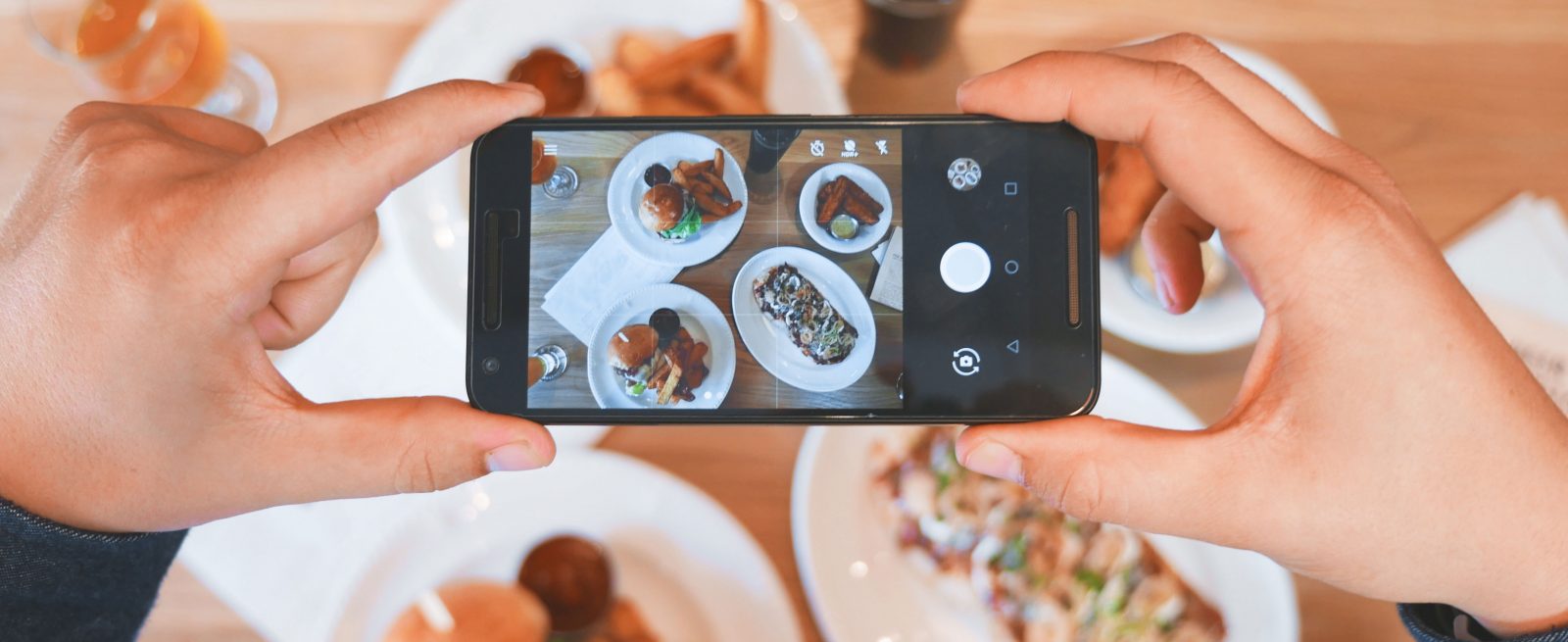Capitalizing On and Owning Hashtag Holidays to Leverage Your Restaurant’s Promotions
3 Min Read By Durée Ross
Mother’s Day, Valentine’s Day, Easter ― for years, these have been some of the busiest holidays of the year for restaurants. People know on what dates these holidays fall because they are etched into calendars, year after year. However, with the introduction of the Internet and the explosion of social media, a new type of holiday has come into play: the hashtag holiday. And these holidays ― which include endless options from #PieDay to #NationalPizzaDay to #DessertDay ― provide far-reaching opportunities for restaurants to increase revenue.
Hashtag holidays now have important marketing and social media implications ― there is always a growing need for more content.
Merriam-Webster defines a hashtag as “a word or phrase preceded by the symbol # that classifies or categorizes the accompanying text (such as a tweet).” Simply stated, hashtags were created to connect related content and make it more accessible. They let people effortlessly join in on public discussions on the same topic. That’s why hashtag holidays are so incredibly valuable.
In fact, the majority of the year’s 365 calendar days now feature several hashtag holidays, giving restaurants many, many options to create special promotions and events around them.
While some brands own and create these special holidays, most are general and can be celebrated by all (Think #BestFriendsDay, #CincoDeMayo, #BossesDay, #LeaveTheOfficeEarlyDay.) In other words, there are always ways to draw people into a restaurant, no matter what the occasion may be.

Traditional holidays tend to be crowded with promotions ― most restaurants do special offers, buffets and more for Father’s Day, New Year’s Eve, Thanksgiving, etc. However, specialized restaurant brands have the opportunity to own more of the spotlight for niche hashtag holidays. Vegetarian restaurant? Utilize #WorldVegetarianDay. Hamburger joint? Maximize marketing with #NationalHamburgerDay.
Holiday hashtags help to classify content, make the subject much more searchable, considerably expand posts’ reach, increase current and potential customer engagement, and help restaurants latch on to trending topics.
Hashtag holidays now have important marketing and social media implications ― there is always a growing need for more content. What to write about? How about offering special deals for nurses on #NursesDay? Post a blog about how nurses are so critical to society, and what you are offering to honor them. Maybe post on social media that you are offering a buy-one-get-one free ice cream for all customers on #NationalIceCreamDay?
And while marketing and social media are a big part of the promotional story, don’t overlook public relations as your storytelling tool. All of the work that goes into capitalizing on a particular hashtag holiday promotion needs to be shared via a press release to inform media. With a press release in hand, the information can then be shared with readers through story coverage in print, online, on the radio – wherever your news gets picked up.
When using holiday hashtags, there are some general rules to follow.
- Instagram posts with more hashtags receive more engagement. In fact, up to 30 hashtags can be utilized per post and up to 10 for an Instagram story.
- Tweets with hashtags are 33 percent more likely to get retweeted than tweets without hashtags. A recent study found that Twitter and Facebook users should use only one to two hashtags per post. If you use more than two hashtags in a Facebook post, research suggests you'll see less engagement.
Ultimately, holiday hashtags help to classify content, make the subject much more searchable, considerably expand posts’ reach, increase current and potential customer engagement, and help restaurants latch on to trending topics. They can help restaurants speak to the uniqueness of a brand, and offer endless ways to create promotions, or special events, to draw attention and business to a restaurant.


